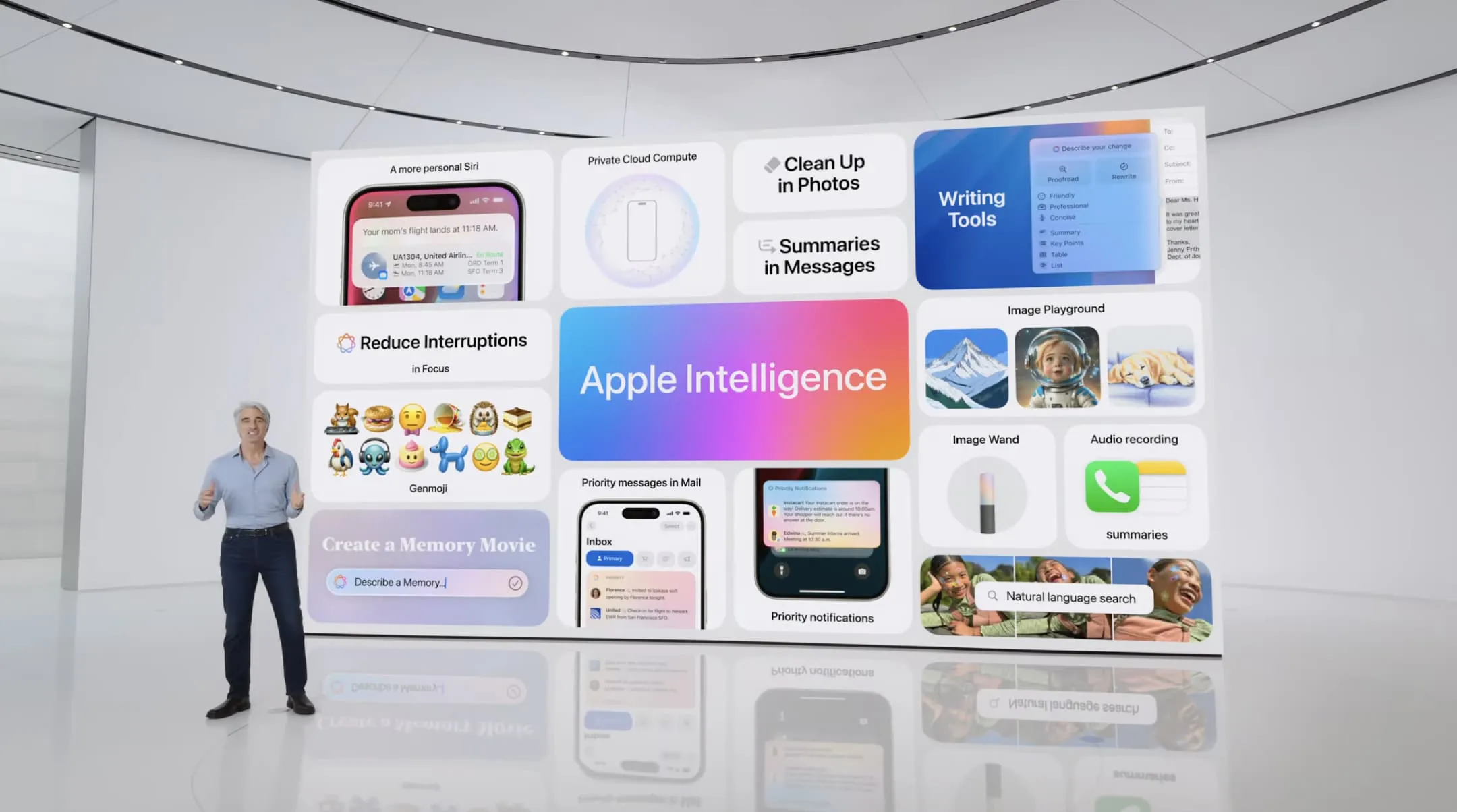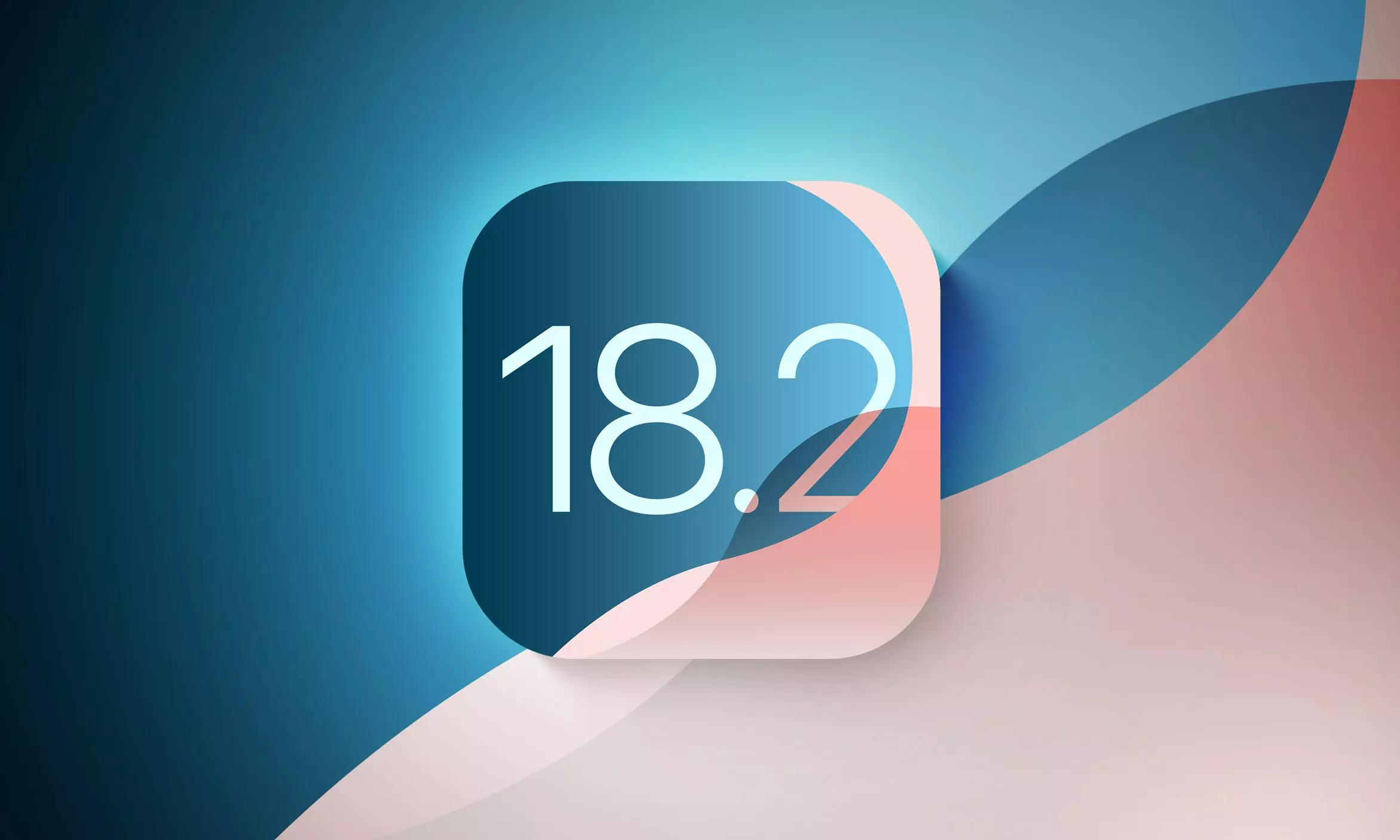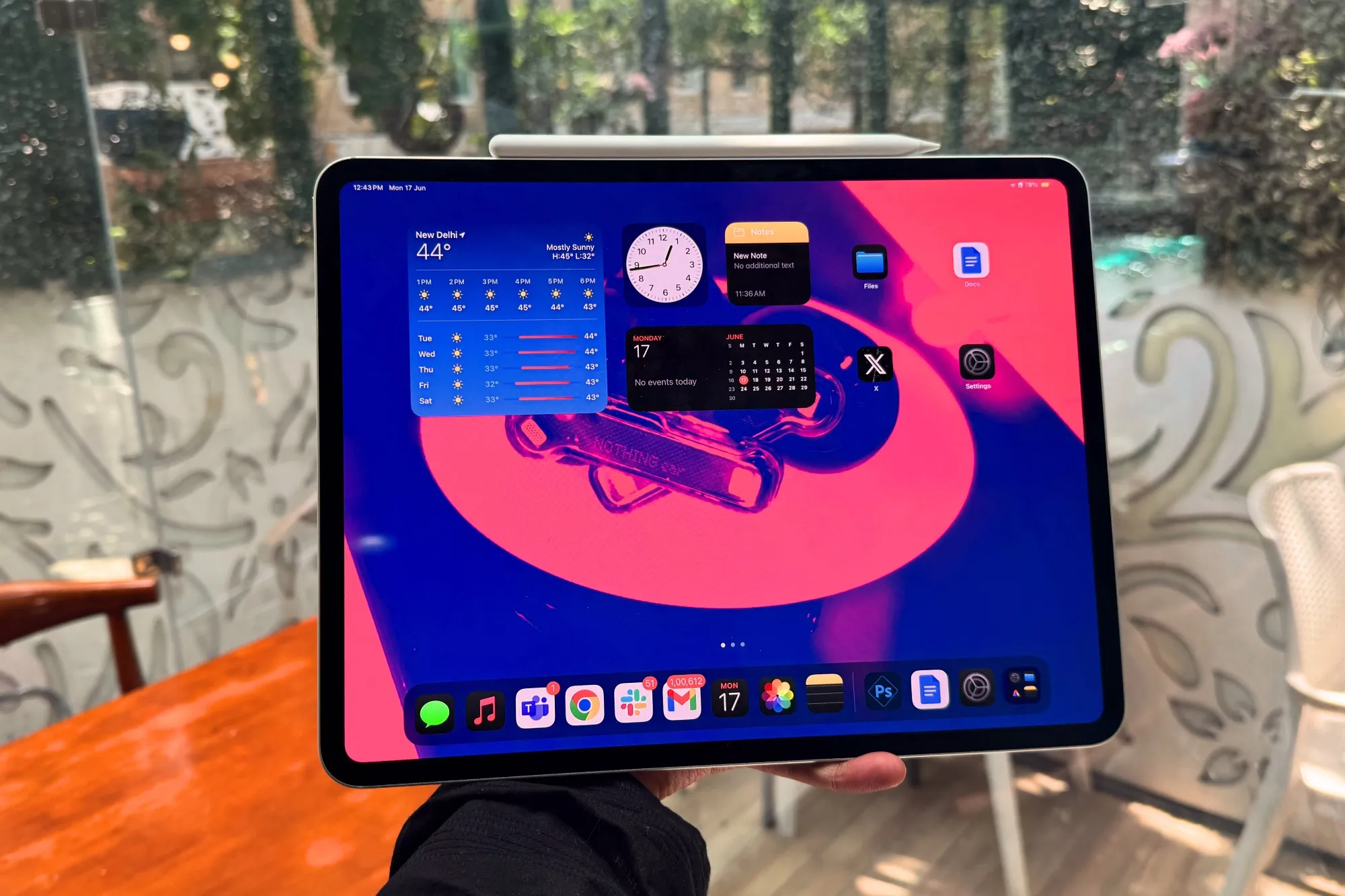For years, whispers of a foldable iPhone have echoed through the tech world, a tantalizing prospect that has remained just beyond the horizon. Now, the murmurings are growing louder, suggesting that Apple is finally poised to unveil its own take on the foldable form factor. While rumors persist about a larger foldable iPad in development, it appears that the foldable iPhone is leading the charge, promising to reshape the landscape of mobile technology.
A Screen That Bends: Unpacking the Display Details
The current consensus points towards a clamshell design for Apple’s first foldable phone, reminiscent of the Samsung Galaxy Z Flip or the Motorola Razr. This design philosophy emphasizes portability, offering a standard smartphone experience that can be folded down into a more compact form for pocketability. Imagine a device that seamlessly transitions from a pocket-friendly square to a full-fledged smartphone with a flick of the wrist.
Intriguing reports from reputable sources like The Wall Street Journal suggest that the foldable iPhone’s unfolded display will surpass even the expansive screen of the iPhone 16 Pro Max. This hints at a display size exceeding 7 inches, offering users a truly immersive visual experience. The Journal also touched upon the development of a much larger, nearly 19-inch foldable device, envisioned as a potential laptop replacement, further showcasing Apple’s ambitious exploration of foldable technology.
Developing a foldable device isn’t without its challenges. Apple engineers have been diligently working to overcome hurdles such as minimizing the visibility of the crease, refining the hinge mechanism for seamless folding, and developing a durable and scratch-resistant material for the display cover. Apple’s commitment to polish and refinement suggests that they won’t release a product until these key issues are satisfactorily addressed.
Revitalizing a Market: Apple’s Potential Impact
The arrival of Apple’s foldable iPhone could have a significant impact on the broader foldable market. Industry analysis from Display Supply Chain Consultants (DSCC) paints a picture of a market that, while initially experiencing rapid growth, is now facing a potential slowdown. From 2019 to 2023, the foldable market enjoyed impressive year-over-year growth rates of around 40%. However, DSCC forecasts a significant deceleration to approximately 5% growth in 2024, with a predicted decline in sales beginning in 2025. This stall is attributed to demand plateauing at around 22 million panel shipments.
However, the entry of a major player like Apple could inject new life into the market. Apple’s influence and brand recognition have the potential to drive mainstream adoption of foldable technology. Many consumers, while intrigued by the concept of foldable phones like the Galaxy Z Flip, have remained loyal to the Apple ecosystem. The introduction of a foldable iPhone could finally persuade these fence-sitters to embrace this innovative form factor. Apple’s ability to seamlessly integrate hardware and software, combined with its focus on user experience, could unlock new functionalities and use cases that further drive consumer interest.
The Anticipated Arrival: Projecting a Release Date
Based on information from various sources, the foldable iPhone is currently expected to launch in the latter half of 2026, likely alongside the iPhone 18 series. This timeline, of course, is subject to change depending on the progress of development. Any unforeseen technical challenges or supply chain disruptions could potentially push the release date back.
A significant indicator that the project is moving forward is the reported assignment of the codename “V68” to the foldable iPhone. This suggests that the device has progressed beyond the initial prototyping stages and is now in a more advanced phase of development. While the exact details remain shrouded in secrecy, the codename provides a tangible sign that Apple is seriously committed to bringing this innovative product to market.
Looking Ahead: The Future of Foldable Phones
The development of a foldable iPhone represents a significant step in the evolution of mobile technology. While challenges remain, Apple’s entry into this space promises to bring greater innovation, refinement, and mainstream appeal to the foldable form factor. As we move closer to the anticipated 2026 launch, the tech world eagerly awaits the unveiling of Apple’s vision for the future of mobile devices, a future that may very well be defined by the bend.



